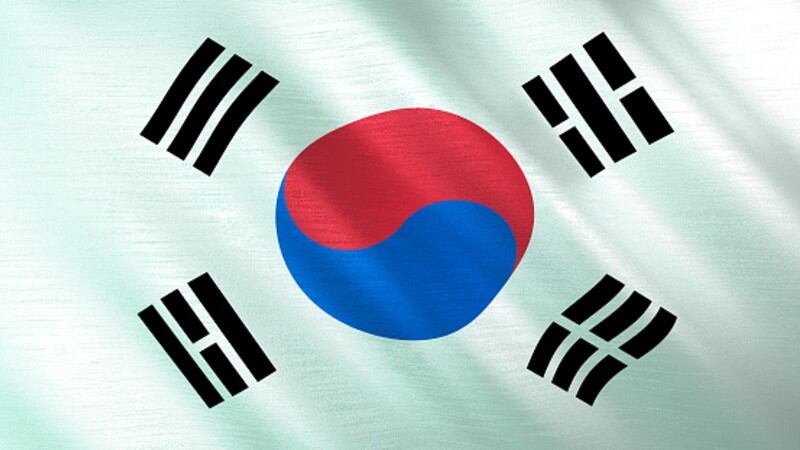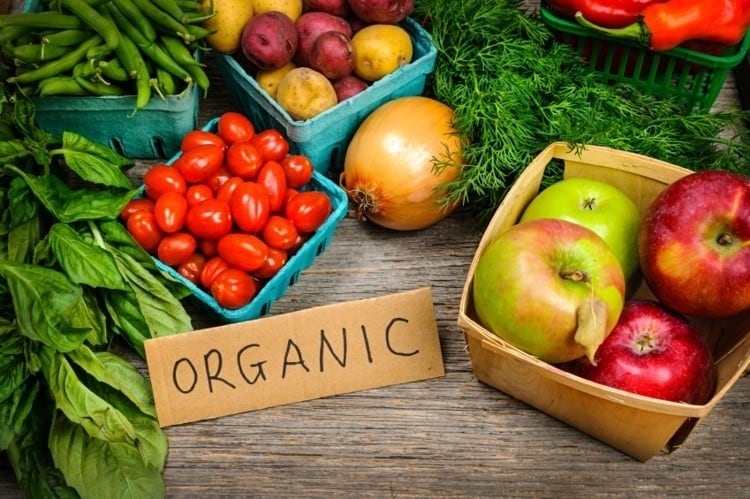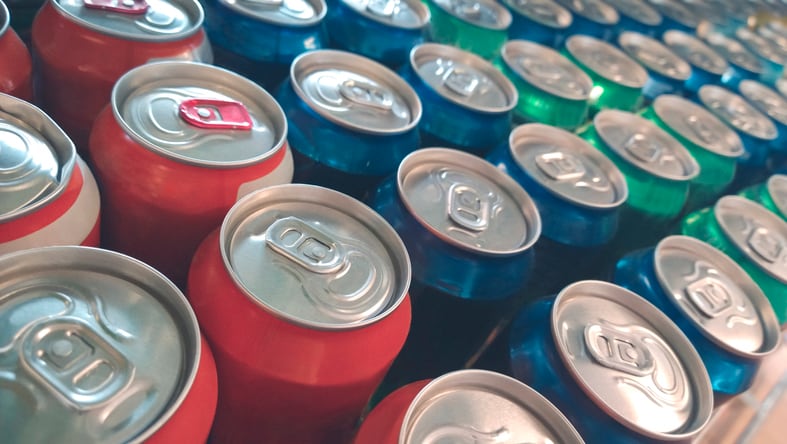The ministries involved will include the Ministry of Food and Drug Safety (MFDS), the Ministry of Agriculture, Food and Rural Affairs (MAFRA), the Ministry of Oceans and Fisheries (MOF) and the Ministry of education (MOE).
“[All four ministries have just signed an agreement] to share information on food and nutrition that is currently scattered across the different government ministries,” said MFDS via a formal statement.
“The aim is to collate and standardize all of this information, and make it into public data to be used by both the public and private sectors.”
Standardisation is the key word here as the database establishment will require each ministry to compile the information that it already in existing public sites, such as MFDS’ Food and Nutrition DB, MAFRA’s database on traditional foods and food ingredients, and MOF’s information system on fishery and food.
Each ministry will be required to assign a systemised standard code to the products under their purview, be it crops, livestock, aquatic products or processed foods to unify the labelling methods of these and establish standardised names and units.
“Such a system will not only make the data more standardised [and easy to access], but will also improve the quality of information by deleting duplicate information as necessary,” said the ministries in a joint statement.
“Each ministry will provide the relevant food and nutrition information via an open API (Application Programming Interface, a software intermediary allowing information flow between two applications) on the public portal and this will make it easier for both consumers and businesses to access the information.
“All ministries will need to ensure that the food and nutrition information provided to the database is updated yearly.”
In addition to clarity, MFDS is also looking to increase the depth of information provided to users via this exercise.
“More diverse nutritional information can be provided here, and MFDS aims to deepen our analysis of the nutritional components in processed foods, as well as nutritional analysis of cooked foods, from 80 items to 108 items,” said the ministry.
“We also aim to increase the number of foods listed in the database from 48,486 in 2021 to 60,000 in 2022 and 100,000 by 2025.”
MAFRA’s focus will be on nutrient analysis of agricultural products and the consumption trends surrounding these, aiming to provide information on 4,000 items by 2025 (from 2,540 this year), whereas MOF will focus on aquatic foods’ nutrition information and aims to provide information on 2,000 items by 2025 (up from 1,366 this year).
Next steps
The standardised information is meant to be used for food and nutritional development in places such as schools with health management as the main goal, and this is where MOE comes in as it will utilise this information in connection with school meals provision.
MFDS added that the system will also be able to work with food centres providing meals for children via a ‘Smart Kids Meals Management System’ with customised diets based on age and growth, taking into account factors such as sodium, the seasons and ingredient availability.
“In complicated cases, AI will also be able to recommend suitable, high-quality alternative meals for the children,” it said.
“All in all, this platform is expected [to provide] consumers with a one-stop service that allows to them get all their food and nutrition information in one place.”





